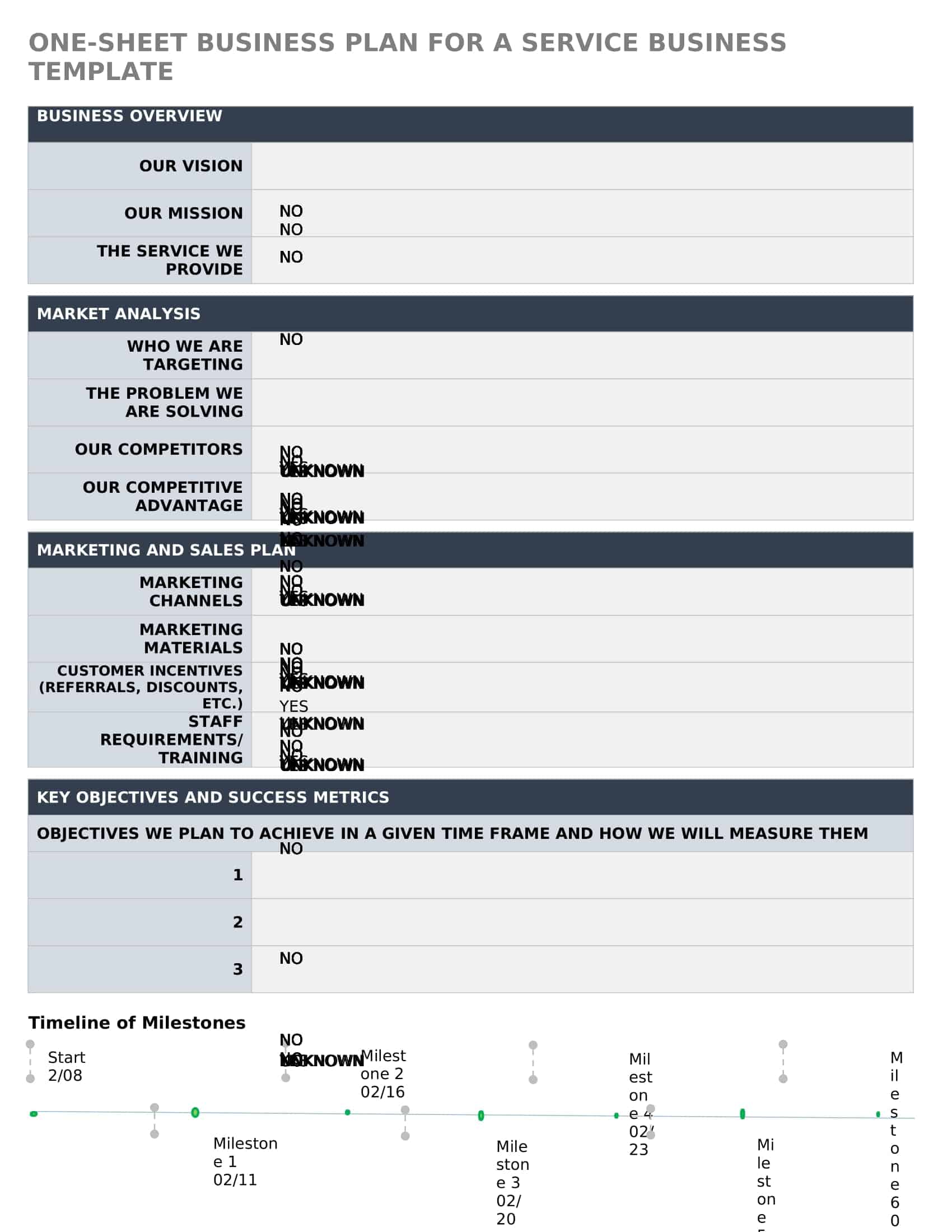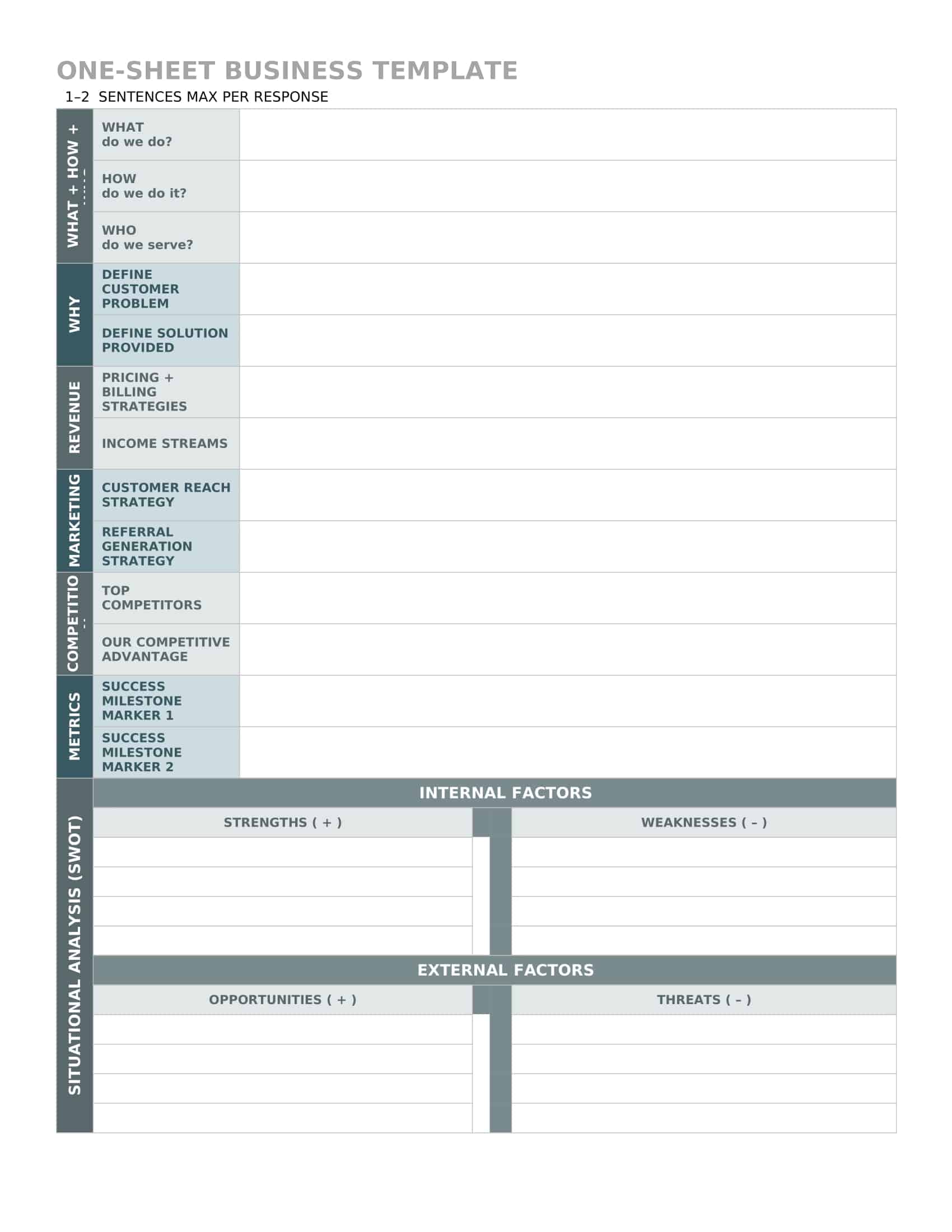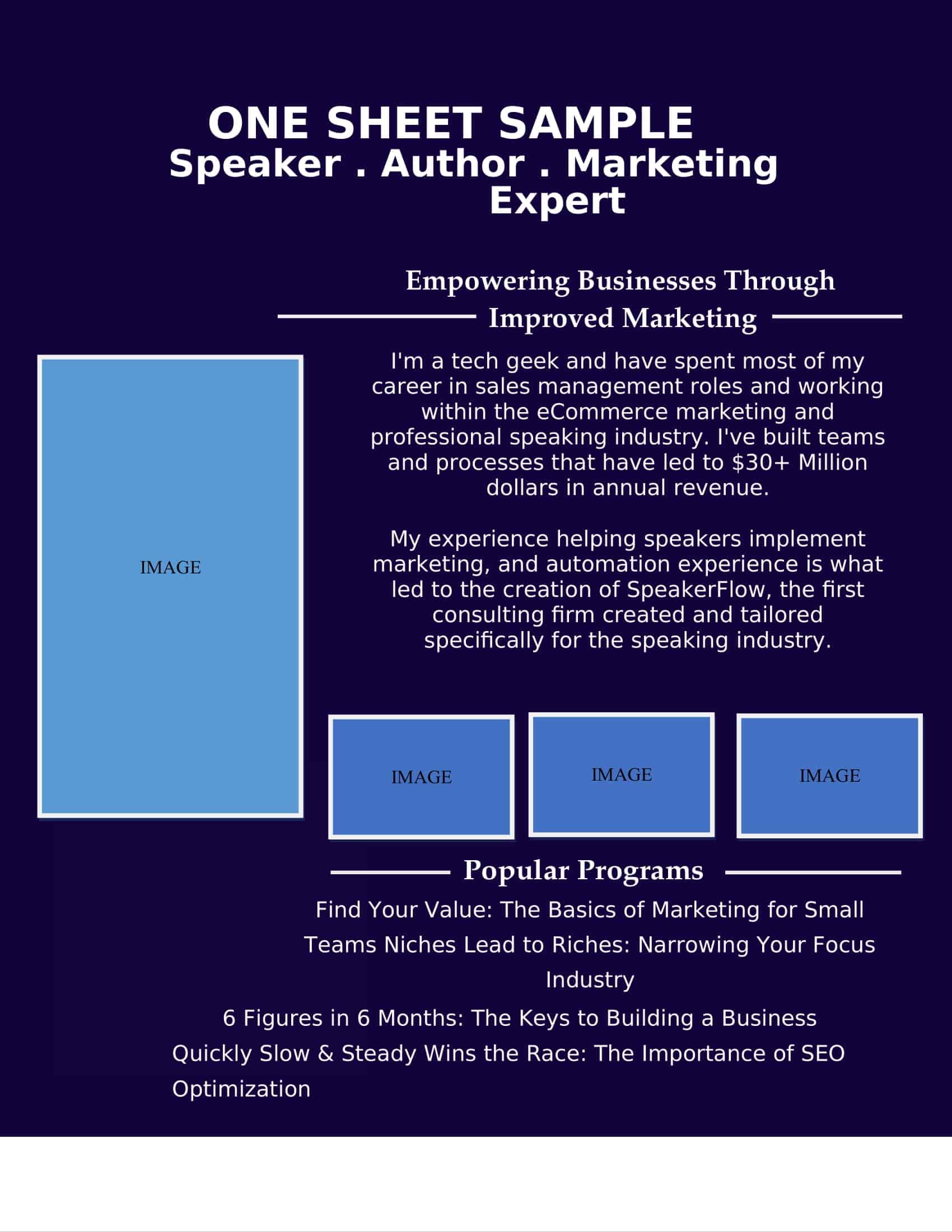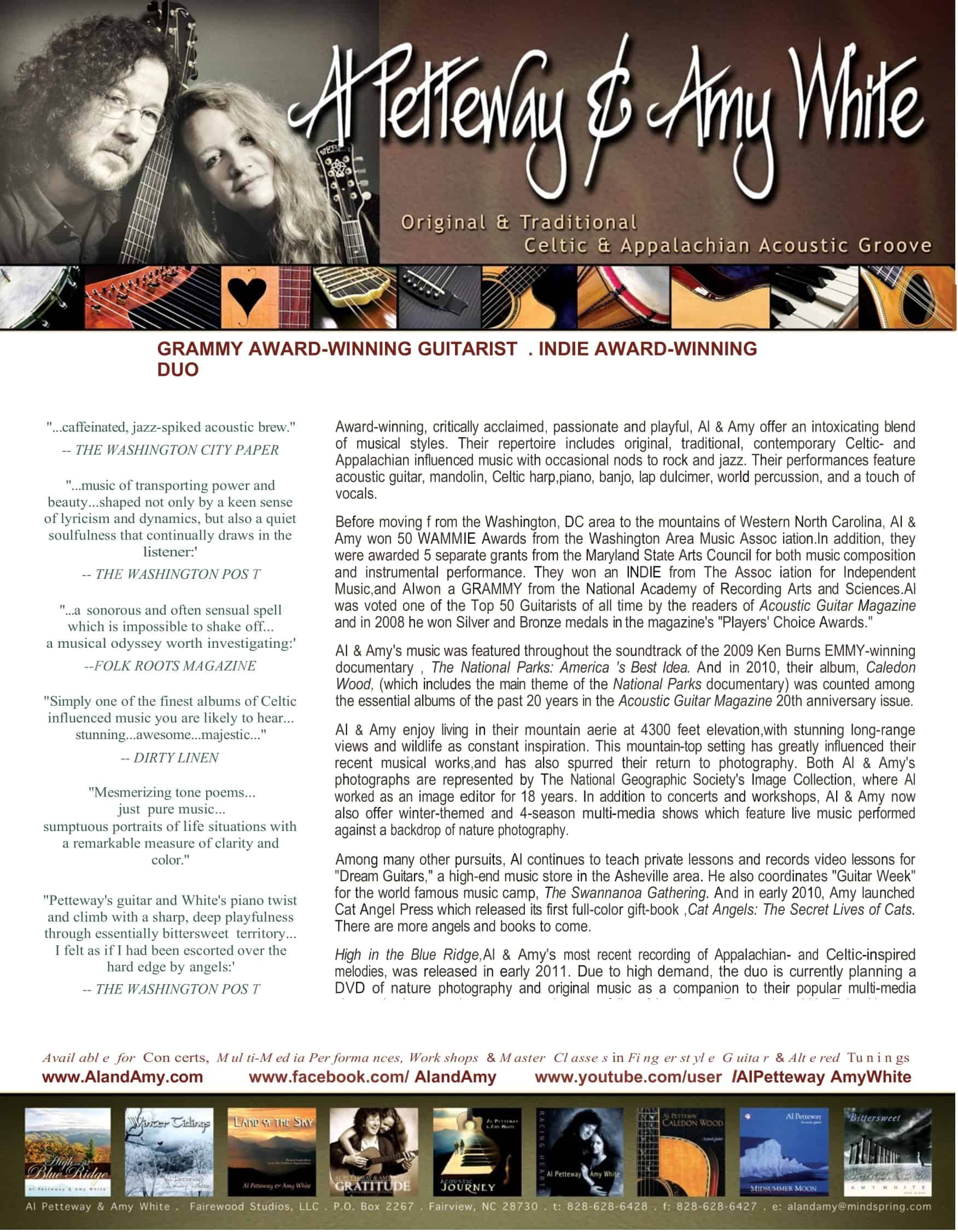A one-sheet is a simple yet powerful tool used in various industries to promote and summarize a product, service, or idea. Originally used in the entertainment industry as a way to communicate key information about a film or television show to potential buyers and the media, the one-sheet template has since been adapted and utilized in a wide range of fields. Whether you’re an entrepreneur looking to pitch your latest invention or a non-profit organization seeking to promote an upcoming event, a one-sheet is an efficient and effective way to get your message across.
Table of Contents
One Sheet Templates
In today’s fast-paced and information-packed world, effective communication is essential to cut through the noise and leave a lasting impression. Whether you are a professional, an entrepreneur, a freelancer, or simply someone looking to convey information concisely, One Sheet Templates are a powerful tool that can help you achieve your goals with clarity and impact.
A One Sheet Template, also known as a one-pager or a single-sheet template, is a professionally designed document that condenses key information onto a single page. It serves as a compact and visually appealing summary, capturing the essence of a product, service, event, or individual in a clear and concise manner.
One Sheet Templates are versatile and can be used for various purposes across different industries. They are commonly employed in marketing and advertising to promote a business, showcase a product, or pitch an idea. They are also useful in the entertainment industry to introduce artists, actors, or musicians to potential collaborators, producers, or agents. Additionally, they are widely utilized in the non-profit sector to present a charitable cause, a fundraising campaign, or an organization’s mission.
What is a one sheet for film industry ?

A one-sheet is a promotional document used in the film industry to provide an overview of a movie. It typically includes key information about the film, such as the title, release date, cast and crew, and a brief synopsis. One-sheets are often used to advertise and promote movies to film distributors, exhibitors, and the media.
They may be distributed at film festivals and other industry events, or sent out as part of a press kit. One-sheets are usually designed as a single sheet of paper, hence the name, and may be printed on both sides. They often feature artwork or a key image from the film, and may include quotes from reviews or other promotional material.
What is a one sheet in music industry ?
A one-sheet is a promotional document used in the music industry to provide an overview of an artist or band, or a specific album or tour. It typically includes key information about the artist or release, such as the name, genre, release date, and a brief description.
One-sheets are often used to advertise and promote an artist or release to music industry professionals, such as record labels, agents, and promoters, as well as to media outlets. They may be distributed at music industry events or sent out as part of a press kit. One-sheets are usually designed as a single sheet of paper, hence the name, and may be printed on both sides. They often feature artwork or a photograph of the artist, and may include quotes from reviews or other promotional material.
What information should be included in one sheet?
The information included in a one-sheet will depend on the specific product, service, or idea being promoted. In general, a one-sheet should include key information that is relevant and interesting to the target audience. Some common elements that may be included in a one-sheet are:
Title: The name of the product, service, or idea being promoted.
Description: A brief summary of what the product, service, or idea is and what it does.
Key features: A list of the most important features or benefits of the product, service, or idea.
Image or artwork: A visual element that helps to convey the essence of the product, service, or idea. This could be a photograph, illustration, or logo.
Contact information: The name, email, and phone number of a person or organization that can provide more information or answer questions about the product, service, or idea.
Additional details: Depending on the context, a one-sheet may also include other details such as a release date, pricing information, or quotes from reviews or testimonials.
Overall, the goal of a one-sheet is to provide a clear and concise overview of a product, service, or idea that will engage and interest the reader.
How to Create a One-Sheet
Creating a one-sheet is a simple process that can be accomplished with a few basic steps. Here is a guide to help you create a one-sheet for your product, service, or idea:
Determine your purpose: The first step in creating a one-sheet is to determine what you want to accomplish with it. Do you want to pitch your product to a potential investor? Promote your service to a new client? Share your idea with the media? Understanding your purpose will help you tailor the content and design of your one-sheet to your target audience.
Gather your information: Next, you’ll need to gather all of the information you want to include in your one-sheet. This will depend on your purpose, but some common elements to consider are:
Title: What is the name of your product, service, or idea?
Description: What does your product do, or what is your service or idea about?
Key features: What makes your product, service, or idea unique or valuable?
Image or artwork: What visual element can you use to convey the essence of your product, service, or idea? This could be a photograph, illustration, or logo.
Contact information: Who should the reader contact to learn more or ask questions about your product, service, or idea?
Organize your information: Once you have all of your information, it’s time to organize it in a way that is clear and easy to understand. One way to do this is to use bullet points to list your key features, and to keep your description brief and to the point. You may also want to consider using subheadings to help break up the information and make it more visually appealing.
Design your one-sheet: Now it’s time to bring your one-sheet to life with a visually appealing design. Here are a few tips to consider:
Use a clean and simple layout: Keep your one-sheet clutter-free by using plenty of white space and limiting the amount of text and images you include.
Choose a font that is easy to read: Use a font that is clear and easy to read, and avoid using too many different fonts or font sizes.
Use color wisely: Use color to add interest and emphasis to your one-sheet, but don’t go overboard. A few well-placed pops of color can be effective, but too much can be overwhelming.
Use images or artwork that is relevant and eye-catching: Choose images or artwork that helps to convey the essence of your product, service, or idea and that will catch the reader’s attention.
Proofread and finalize your one-sheet: Before you print or distribute your one-sheet, be sure to proofread it for typos and errors. A one-sheet with errors or mistakes can be off-putting to the reader and could diminish the impact of your message. Once you are satisfied with your one-sheet, you can print it out or save it as a PDF to distribute electronically.
Top 5 Common Mistakes of Creating a One Sheet
Here are some common mistakes to avoid when creating a one-sheet:
Not understanding your purpose: It’s important to have a clear understanding of what you want to accomplish with your one-sheet. Without a clear purpose, your one-sheet may lack focus and may not be effective at achieving your goals.
Including too much information: A one-sheet is meant to be a concise overview of your product, service, or idea. Don’t try to include too much information or you risk overwhelming the reader. Instead, focus on the key points that will be most relevant and interesting to your target audience.
Using a cluttered or confusing layout: A cluttered or confusing layout can make your one-sheet difficult to read and can turn the reader off. Instead, use a clean and simple layout that makes it easy for the reader to find and understand the information they need.
Using poor quality images or artwork: Poor quality images or artwork can make your one-sheet look unprofessional and can diminish the impact of your message. Be sure to use high-quality images or artwork that is relevant and visually appealing.
Neglecting to proofread: Typos and other errors can be off-putting to the reader and can diminish the credibility of your message. Be sure to proofread your one-sheet carefully before you print or distribute it.
By avoiding these mistakes, you can create a one-sheet that is effective and professional, and that will help you achieve your goals.
FAQs
How are one-sheets distributed?
One-sheets can be distributed in a variety of ways, including in person at meetings or events, by email or mail, or as part of a press kit. They may also be made available on a website or social media platform for download.
How long should a one sheet be?
A one sheet should be concise and to-the-point, so it should not be too long. The length will depend on the amount of information you need to include and the layout you choose, but generally one sheets should be no more than one page.
Can I use color on a one sheet?
Yes, you can use color on a one sheet. In fact, using color can help to make your one sheet more attractive and attention-grabbing. However, it is important to use color wisely and not overdo it, as too much color can be overwhelming or difficult to read.
Can I use images or graphics on a one sheet?
Yes, you can use images or graphics on a one sheet to help illustrate your message or draw attention to certain points. Just be sure to choose high-quality, relevant images and use them sparingly so as not to distract from the main content of the sheet.
































![Free Printable Roommate Agreement Templates [Word, PDF] 1 Roommate Agreement](https://www.typecalendar.com/wp-content/uploads/2023/06/Roommate-Agreement-150x150.jpg)
![Free Printable Credit Card Authorization Form Templates [PDF, Word, Excel] 2 Credit Card Authorization Form](https://www.typecalendar.com/wp-content/uploads/2023/06/Credit-Card-Authorization-Form-150x150.jpg)
![Free Printable Stock Ledger Templates [Excel,PDF, Word] 3 Stock Ledger](https://www.typecalendar.com/wp-content/uploads/2023/08/Stock-Ledger-150x150.jpg)
